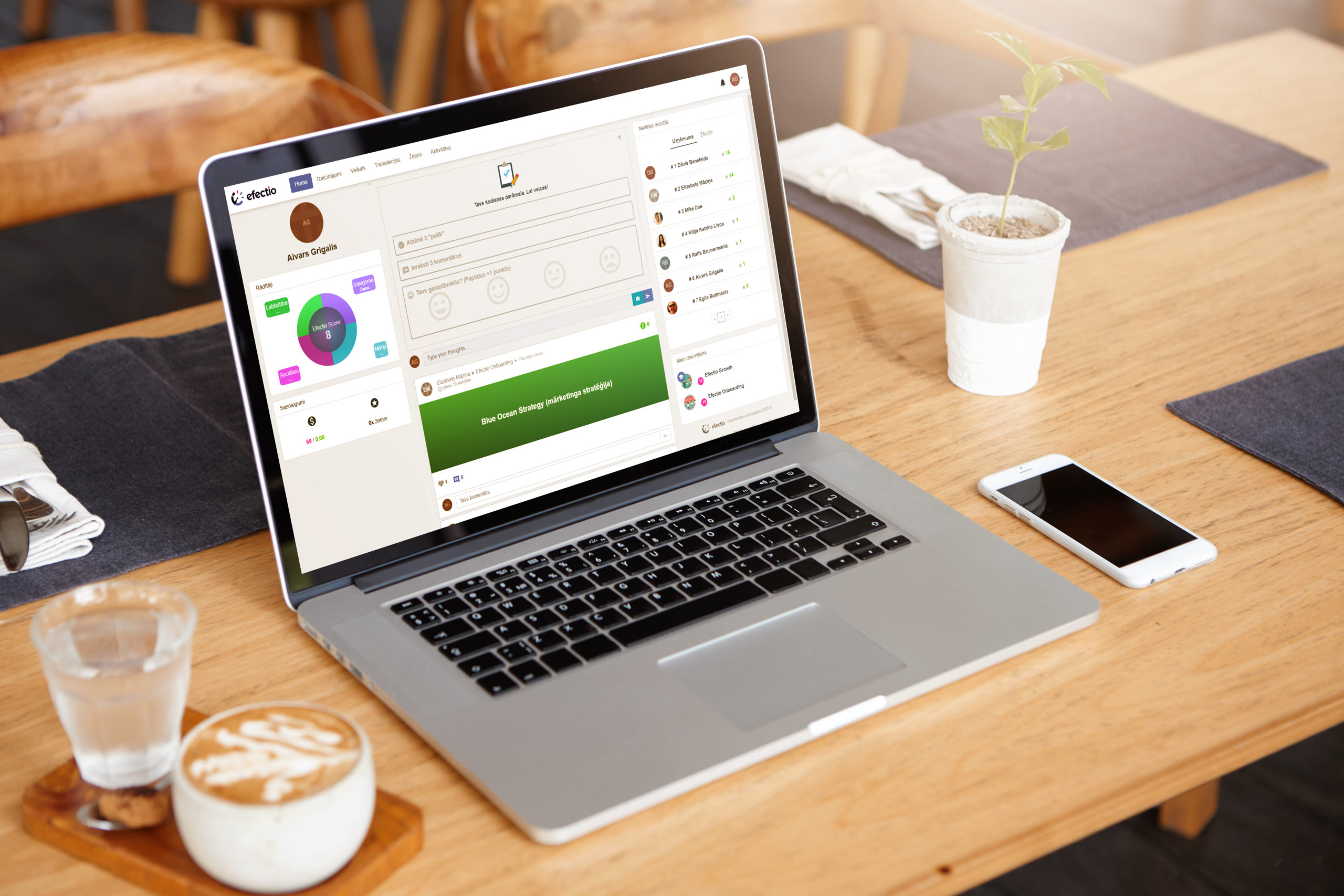How to Create a Microlearning Program?
How to Create a Microlearning Program?
Microlearning is a relatively new term of learning. Microlearning is also considered one of the most successful learning approaches. It requires a much shorter period of time for learning, which saves a great deal of time for employees and people who provide the knowledge. The whole learning process is shorter, which ensures a more effective way of learning. Read more: Microlearning: an Effective Tool for Employee Development.
How does micro-learning work?
Learning takes place in relatively short periods of time, during which individuals learn a specific topic through various methods. Learning for 3 – 10 minutes corresponds to a person’s concentration ability and attention. Each of the learning stages contains a single and narrow topic that is easy to master during such a period of time.
According to the Journal of Applied Psychology, a properly designed microlearning program shows the following results: development costs are reduced by 50%, and development speed is increased by 300%; microlearning helps transfer knowledge by 17% more efficiently. That is why, to achieve effective and desired results, we have come up with recommendations and guidelines for designing a successful micro-learning program!
How to create a successful microlearning program?
- One of the most important features of microlearning is short training periods. Therefore, it is important to evaluate whether you can include the chosen topic of study in the microlearning program – for easier decision making, it is advisable to answer the following questions:
- Can the subject be clearly explained while using different methods within 5 minutes?
- Is it possible to divide the overall content of a training topic into several smaller sections while retaining the common training topic?
- Before developing a microlearning program, just as important is to be aware of what the learning is intended for. In today’s digital world, learners’ attention abilities are diminishing, so it is necessary to be able to choose the most appropriate microlearning method for each of the target audiences (short lectures, video materials, etc.).
- It is necessary to set one specific learning goal – the result that learners achieve at the end of the course. The stated goal of microlearning must be achievable and relevant to a specific audience.
- One of the main rules for designing a successful microlearning program is to focus on what is needed to be learned. Ideally, microlearning takes 5 to 10 minutes, during which information is accurately and clearly presented. Therefore, it is important to separate the content between what is mandatory to be mastered and what can be acquired later based on necessity.
- Learners will learn the subject better if they can relate theory to reality, so realistic examples are a must in the learning processes. Examples help to perceive knowledge much faster. Of course, the number of examples must be limited so that you wouldn’t lose the overall learning goal.
- Encourage learners to put the knowledge into practice – they will remember better what they have learned if they can apply this knowledge in real-life situations.
- Video, infographics, and demonstrations – this type of learning greatly impact learners to keep them focused and stimulate their learning. It gets more effective, and information is stored in mind much better because, later on, it is possible to visualize the displayed information.
- The information must be presented actively, clearly, and it must be accessible – it is recommended that you put information in a simple language, so it would be easier for learners to perceive it. At best, information must be available on different devices to acquire knowledge anywhere and anytime.
Read more: Boosting Engagement through Learning and Personal Growth









